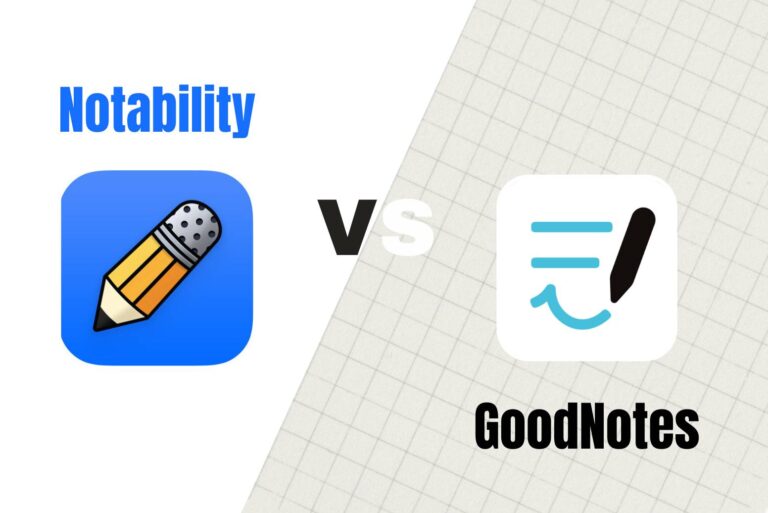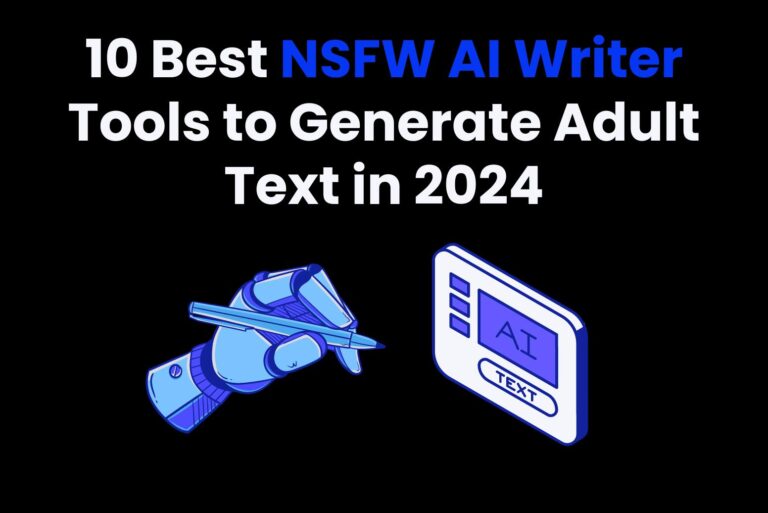How Does AI Detection Work? The Ultimate Guide [2024]
Have you ever wondered how does AI detection work in our daily lives, especially after the release of ChatGPT and GPT-4, often without us even noticing?

As a writer deeply entrenched in technology, I’ve seen firsthand the transformative power of AI detection. Did you know that, as of this year, over 34% of businesses have adopted AI technology, and by the end of 2025, this number is going to rise to 85%? I’ve interacted with experts, sifted through case studies, and even witnessed its application as well. What I’ve learned is that AI detection is not as simple as it looks.
Let’s find out the core principles of AI detection; its working, applications, and impact on the writing industry. If you’re a professional content writer looking to leverage AI, or simply curious, this guide is for you.
Firstly, Understand the Core of AI Detectors
Have you ever wondered what’s at the heart of AI detection? Let’s step into the core of AI detectors, those sophisticated systems that are changing the game by identifying, analyzing, and interpreting data with almost human-like intelligence, yet at a pace and scale that’s simply mind-blowing.
Imagine This: You step into a crowded room and spot a friend’s face instantly. Your brain is a marvel, processing a flood of information in a blink. AI detectors do something akin to this wizardry but crank it up a notch, dealing with data that’s way more complex than just faces in a crowd.
How Do They Pull This Off?
- Learning from Data: Just like teaching a kid to spot an apple among fruits, AI detectors learn from heaps of data to recognize patterns or anomalies.
- Algorithms at Play: They lean on algorithms and machine learning models, getting smarter and more adept with each piece of data they chew on.
Where Are They in Action?
- Healthcare: Spotting diseases in medical images.
- Cybersecurity: Hunting for digital threats that don’t play by the rules.
- Customer Service: Sensing the mood in customer communications.
The Cool Part? They Evolve. These detectors are not static. They grow, adapt, and get sharper, enhancing their knack for making sense of data.
So, when we talk about AI detectors, we’re not just geeking out over tech. We’re exploring dynamic systems that boost our abilities, refine our decisions, and, frankly, make the impossible seem possible.
How AI Writing Detection Works?
Have you ever found yourself pondering how AI can tell apart human-crafted text from its own creations? It’s like having a literary sleuth at your beck and call, one that’s astoundingly attuned to the subtleties of language. Let’s decode the enigma of AI writing detection and unveil the tech sorcery at play.
The Bedrock: Natural Language Processing (NLP)
- Heart of the Matter: At the core of AI writing detection is Natural Language Processing (NLP), AI’s way of grappling with human-computer linguistic interactions.
- Brainy Stuff: Picture NLP as the brain’s language hub, empowering AI to grasp, interpret, and even generate human language with a finesse that’s downright impressive.
Training Camp: Machine Learning Models
- Learning Curve: AI detectors undergo rigorous training with heaps of text, both human and AI-spun. This boot camp hones their ability to discern style, structure, and subtle language cues.
- Evolving Acumen: With time, these models become adept detectives, spotting the hallmarks of AI-generated prose, like peculiar patterns or a certain je ne sais quoi missing from machine text.
On the Job: Sniffing Out AI-Written Text
- Beyond Words: When AI scrutinizes text, it’s not just parsing words but probing syntax, coherence, and language intricacies to judge if a human or a bot is the wordsmith.
- Pattern Patrol: It’s on the lookout for machine text giveaways, such as echoic phrasing or quirky sentence constructs.
The Big Why: Why It’s a Game-Changer
- In the Information Age: Distinguishing human from AI-penned text is vital for upholding authenticity, trust, and credibility in our digital dialogues.
- Guardians of Genuineness: Whether it’s safeguarding academic integrity or ensuring content creation remains genuinely human, AI writing detection is the unsung hero in the digital domain.
That’s all the secret sauce behind AI writing detection. A concoction of linguistic insight and machine learning to make sure the digital world stays true to its human core.
The Science Behind AI Writing
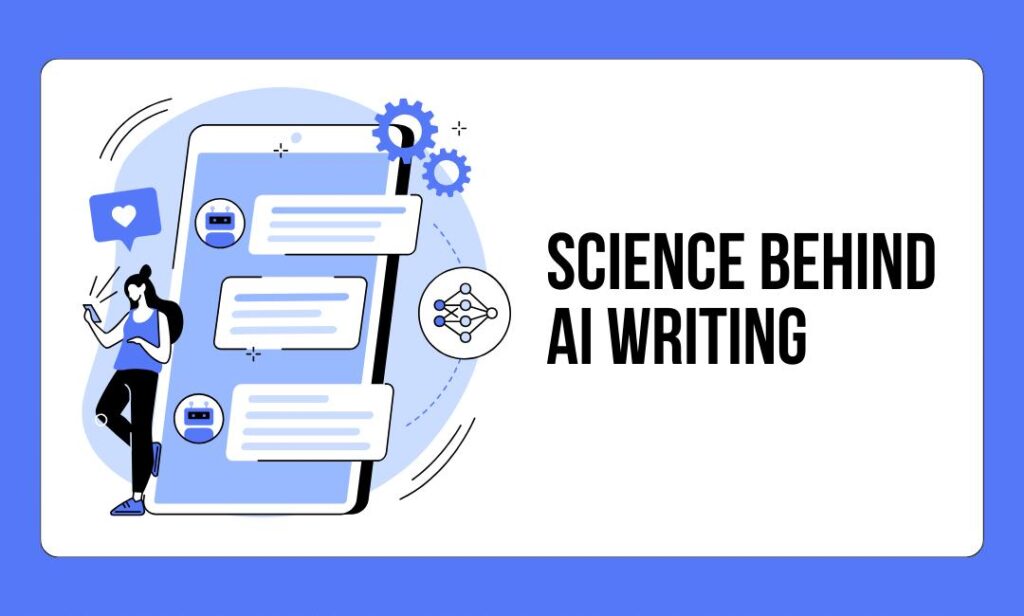
Stepping into AI writing, we encounter the backbone of this technology: Large Language Models (LLMs). But what exactly are these models, and how do they work their magic to generate text? Let’s find out.
Language Models
- What’s in a Name? At its essence, a Language Model is a sophisticated system that calculates the likelihood of word sequences, akin to a vast repository of mathematical probabilities.
- Predictive Power: Consider how you instinctively know the next word in phrases like “May the force be with…” (you guessed it, “you”). Language Models do something similar on a grand scale.
The Mechanics of Word Prediction
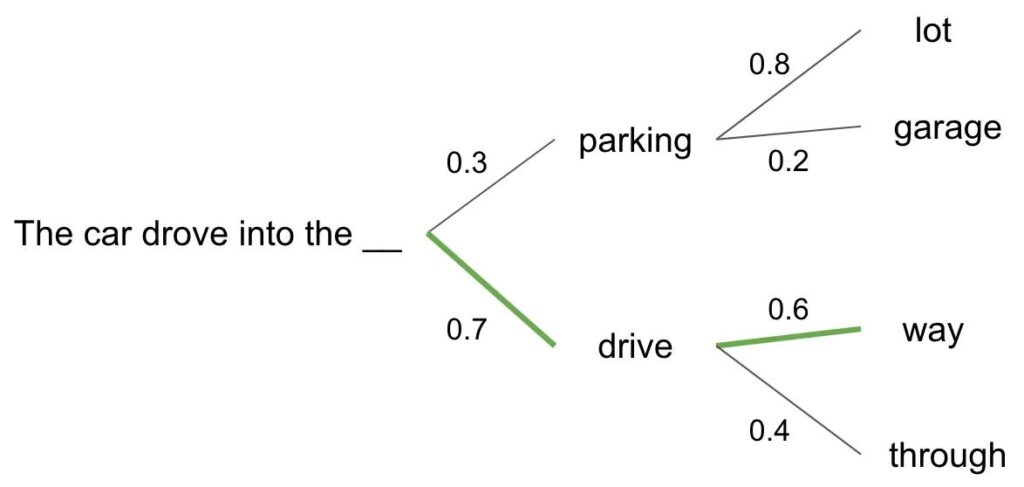
- Word by Word: LLMs navigate through sentences, predicting each subsequent word based on the probabilities of word combinations, or “tokens” to get technical.
- Probability Tree: Imagine a tree where each branch represents a potential word choice. For instance, if “parking” has a 30% chance and “drive” has a 70%, the model leans towards “drive,” aiming for the path with the highest probability.
The Core of a Language Model
- A Numeric Universe: Strip away the code, and what remains is a colossal collection of numbers—each representing the probability of word sequences.
- No Code, Just Numbers: It’s a digital cosmos of probabilities, devoid of traditional programming, purely driven by statistical likelihoods.
The ‘Large’ in Large Language Models
- Scale Matters: When we say “Large,” we’re talking astronomical. The leap from ChatGPT-3’s 175 billion parameters to ChatGPT-4’s 1.76 trillion illustrates the exponential growth in complexity and capability.
- Why Size Counts: In the realm of AI, bigger often equates to better. More parameters mean a richer, more nuanced understanding of language, enhancing the model’s ability to generate coherent, contextually appropriate text.
When we learn the Large Language Models, we gain insight into how AI writing tools generate sentences that sound like human writing with unbelievable accuracy.
How Reliable Are AI Detectors? A Reality Check
So, you’re leaning on AI detectors to tell apart human from machine-generated text. But here’s the kicker: they’re not infallible. Surprised? Let’s talk about why even the smartest AI detectors are more about giving you a nudge rather than a definitive answer.
Not Quite Bulletproof
- A Pinch of Salt: AI detectors are sharp, but they’re not the end-all. They offer insights, nudges in the right direction, but they’re not the gospel truth.
- Why the Hiccup? Remember, these detectors are AI themselves.
The Training Dilemma
- Human-Crafted Foundations: All those texts AI was trained on? Crafted by humans. These form the bedrock of AI’s learning, influencing its judgment.
- Probability Play: The more a phrase pops up in the training data, the likelier AI is to tag it as “AI-generated.” It’s all about patterns and probabilities.
A Quirky Example
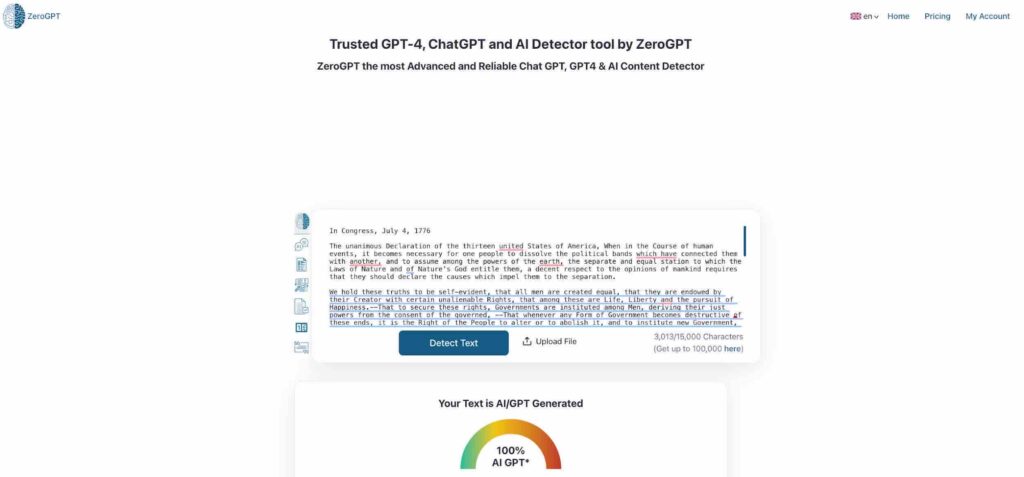
- Pop Culture and Politics: Take iconic phrases from cinema or landmark speeches. They’re frequent flyers in training sets, so AI might flag them as “AI-like” due to their prevalence.
- Historical Fun Fact: Ever thought of running the Declaration of Independence through an AI detector? Try it. You might get a chuckle when it suggests that AI was hanging out with the Founding Fathers.

Would You Trust It?
- A Thought Experiment: If an AI advisor claimed that advanced AI and computers were chilling in 1776, would you take it seriously? Probably not the best source for business—or any—advice.
While AI detectors are a marvel of technology, offering us a glimpse into the AI vs. human writing conundrum, they’re not the ultimate arbiters of truth. They’re tools—smart, but not omniscient, and definitely worth using with a grain of wisdom and a healthy dose of skepticism.
So, How to Correctly Use AI Detectors?
Talking with AI detectors can feel like walking a tightrope. How do you harness their power without falling into the trap of overreliance? It’s all about smart, informed usage. Here’s how you can use AI detectors accurately, ensuring you get the best out of this technology without being misled.
Context Is King
- Understand the Limits: Recognize that AI detectors are tools, not judges. They’re tools, not oracles.
- Use as a Guide: Think of AI detectors as consultants. They provide insights, not verdicts.
Strategic Application
- Cross-Check: Don’t rely on a single AI detector. Use multiple tools to get a broader perspective. If they all point in the same direction, you’re onto something.
- Human Oversight: Always have a human in the loop. AI can suggest, but human intuition and understanding add irreplaceable value.
Understand the Output
- Probability, Not Certainty: AI detectors work on probabilities. A high “AI score” doesn’t mean a piece is AI-generated, just that it shares characteristics with AI-generated text.
- Analyze Anomalies: If a text gets flagged, don’t take it at face value. Dive deeper. Why was it flagged? Is there a logical explanation?
Practical Tips
- Training Awareness: Be aware of what your AI detector has been trained on. This knowledge can help you understand its biases and tendencies.
- Continuous Learning: AI detectors evolve. Keep abreast of updates and changes to make sure you’re effectively using the tool.
Real-World Application
- Test and Learn: Experiment with the tool. Run known human-written texts through it and see how it responds.
- Contextual Use: Tailor your use of AI detectors to the specific context. What works for literary analysis might not suit technical content evaluation.
By approaching AI detectors with a blend of skepticism, curiosity, and informed judgment, you can leverage their capabilities while staying grounded in reality.
What’s the Origins of Probabilities in Large Language Models
Have you ever pondered where Large Language Models (LLMs) like ChatGPT get their knack for predicting text? It’s all about the training, a rigorous process where the model devours and digests a colossal amount of text. Let’s find out how these models learn to mimic human writing so convincingly.
The Training Odyssey
- Feast of Texts: LLMs undergo a training phase where they’re fed a vast array of texts, known as the “training dataset.” While the exact size of ChatGPT’s dataset isn’t public, estimates suggest it’s between 570GB and 45TB.
- Diverse Diet: This dataset isn’t just vast; it’s varied, encompassing everything available online and in print, spanning both contemporary and historical materials.
Human Influence
- Echoes of Humanity: The bulk of this training material is human-written. This is crucial because it means LLMs are essentially learning from us—our style, our syntax, our linguistic quirks.
- A Reflection of Our Words: In essence, LLMs model human text production. The probabilities they calculate are a mirror of how we, as humans, tend to string words together.
Probability in Practice
- Likely vs. Unlikely: Take the sentence “The car drove into the driveway.” It’s straightforward, typical of how we structure sentences. Hence, it’s deemed highly probable by an LLM.
- Yoda Speak: Now, consider “The driveway the car into drove.” It’s grammatically odd, reminiscent of Yoda from Star Wars, and not how we usually write. Thus, it’s less probable.
- Grammatical Gibberish: “Car The into driveway the drove” is even less likely to be generated by an LLM because it doesn’t align with the grammatical structures learned from the training data.
Seeing It in Action
- Smartphone Smarts: This isn’t just theoretical. You interact with a simplified version of this technology every day through your smartphone’s autocomplete feature, which predicts the most likely continuation of your text based on similar principles.
That’s the science behind AI text generators. It’s not wizardry or arcane knowledge but a meticulous process of learning from the vast expanse of human-written text, distilled into a model that calculates the likelihood of word sequences. Next time you see AI generating text, remember—it’s all about the numbers.
Finally, The Pitfalls of AI Detectors
When I went through some of the AI detection tools, my findings were quite interesting. There’s a substantial focus on grammar and spelling.
The Grammar and Spelling Conundrum
- Grammar-Heavy Metrics: Many AI detection tools on the market lean heavily on grammar and spelling to determine the “AI Score.” The fewer the grammar and spelling are, the higher the likelihood the text is flagged as AI-generated.
Observations from Our Analysis
- Text Evolution: I noticed a trend when running our human-created texts through these detectors. A draft with initial imperfections often received a lower “AI probability score,” which surged post-proofreading.
- Draft vs Polished: The initial drafts, riddled with the rawness of human error, consistently scored lower compared to their polished, proofread counterparts.
A Real-World Example
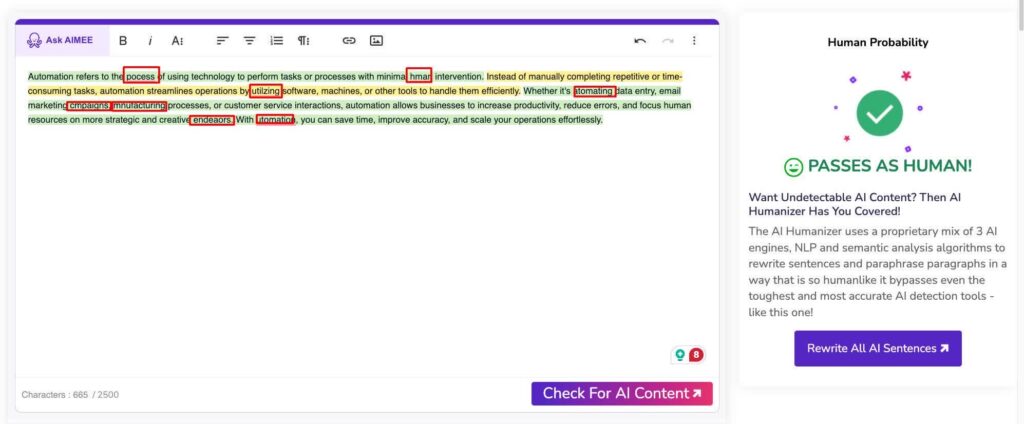
- Before and After: Consider a first draft with a score reflective of its human imperfections. After proofreading, where spellings were corrected, the text’s “AI score” increased, paradoxically suggesting it was AI-generated.

The Irony of Perfection
- Human Imperfection: From an AI detector’s perspective, human writing is inherently flawed. Thus, a text with errors is deemed more likely human, while polished text veers towards the AI category.
- Quality vs. AI Detection: This presents a dilemma. No one wants a website riddled with errors, yet striving for perfection might inadvertently align your content closer to what’s considered AI-generated.
A Caution for Professional Writers
- The Professional Paradox: If your team consists of seasoned writers aiming for the pinnacle of grammatical excellence, there’s an ironic twist. Their high-quality work might just be mistaken for AI by these detection tools.
FAQs (Frequently Asked Questions)
Can an AI detector be wrong?
Absolutely, an AI detector can be wrong. Like any tool based on algorithms and probabilities, it’s not infallible. These tools can sometimes get it wrong, mistaking polished human writing for AI-generated content or the other way around.
How do ChatGPT detectors work?
ChatGPT detectors typically analyze text to identify patterns that are characteristic of machine-generated content. Imagine a detective, but for text. ChatGPT detectors dive into the depths of a document, scrutinizing sentence structure, word choice, and coherence. They’re comparing every line to the typical outputs of models like ChatGPT.
Are AI detectors 100% accurate?
Nope, they’re not. While AI detectors are marvels of technology, offering deep insights into the text, they’re still playing the odds. Relying on statistical models and probabilities means there’s always a slice of uncertainty. Their verdicts? Best seen as insightful inputs rather than the final word.
Is 40% AI detection bad?
A 40% AI detection score indicates that the tool sees a 40% likelihood of the text being AI-generated. Whether this is “bad” depends on the context and your perspective. If you’re trying to determine if a piece of content is human or AI-generated, a 40% score might suggest that the text is more likely human-written but with some characteristics of AI-generated content.
Final Thoughts
It’s crucial to remember these tools are not the all-seeing eyes they might seem to be but rather instruments that demand a thoughtful and nuanced approach.
At the core of AI detection is a ballet of probabilities, an intricate dance where data and human judgment are perpetual partners. They echo the subtleties of human language, the ebb and flow of communication, and the increasingly fine line between content crafted by humans and that generated by machines.
For us—writers, editors, and tech enthusiasts—it’s vital to engage with AI detection with a discerning eye.
And as we walk through this landscape of AI, Arvin emerges as your AI-powered ChatGPT assistant, seamlessly integrating into your digital routine. This browser extension is not just a time-saver but a gateway to efficiency, offering ChatGPT responses directly on Google, summarizing content from YouTube, blogs, and documents, and facilitating interactions on platforms like LinkedIn, Twitter, and Gmail.
![How Does AI Detection Work_ The Ultimate Guide [2024]](https://arvin.chat/wp-content/uploads/2024/03/How-Does-AI-Detection-Work_-The-Ultimate-Guide-2024.jpg)


